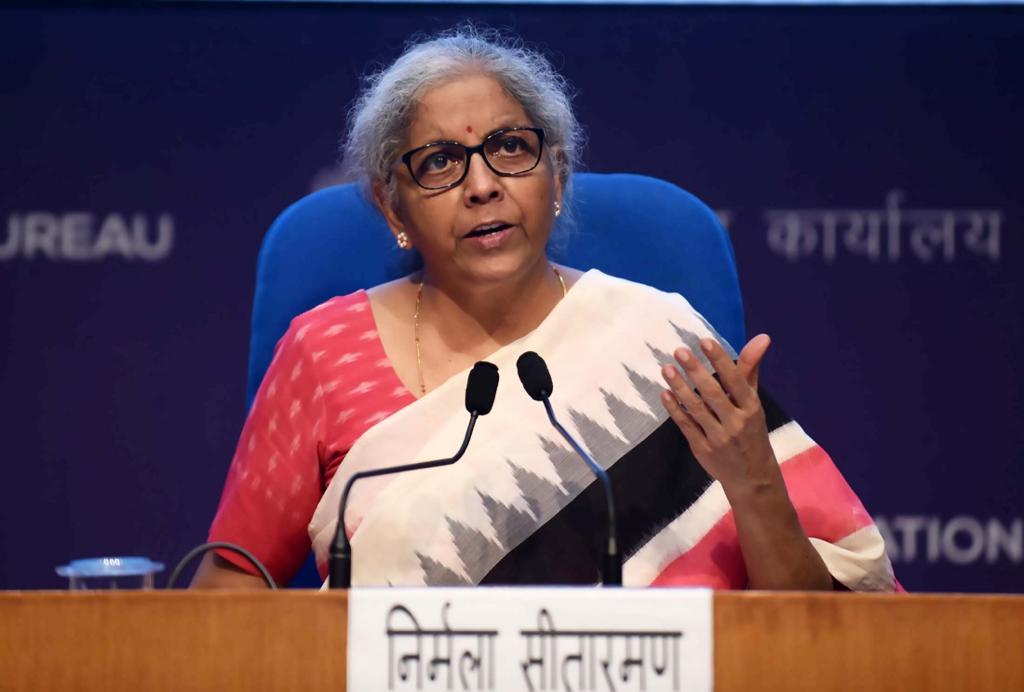New Delhi, NFAPost: In a recent discussion on critical mineral partnerships, India’s Finance Minister, Nirmala Sitharaman, unveiled an ambitious plan involving collaboration between the National Aeronautics and Space Administration (NASA) of the United States and the Indian Space Research Organisation (ISRO). The joint effort aims to establish an International Space Station by the year 2024.
During her address, Sitharaman highlighted the upcoming partnership, revealing that NASA would provide advanced training to ISRO scientists, facilitating their participation in this prestigious project. The establishment of an International Space Station represents a significant step forward in space exploration and will foster international cooperation in space research and development.
The Finance Minister also stressed the importance of the semiconductor industry in generating employment opportunities. She shared that Micron Technology, a renowned semiconductor company, is expected to invest $800 million in a $2.75 billion semiconductor assembly and test facility in Gujarat. This substantial investment alone is projected to create over 5,000 direct jobs and 15,000 indirect jobs within the local community.
Furthermore, Sitharaman announced that India would actively engage in alliances related to rare piles of earth and materials, aiming to support planned investments exceeding $2 billion. Bengaluru’s Semiconductor Centre for Commercialisation and Innovation will play a pivotal role in this endeavour.
The minister underscored the significance of the Semiconductor Centre, stating that it is expected to attract more than $2 billion in investments within its first five years of operation. This development would create 500 new advanced engineering jobs and potentially add another 2,500 jobs to the manufacturing ecosystem.
Emphasizing the importance of workforce development, Sitharaman spoke about the semi-verse solutions program. This program seeks to train up to 60,000 Indian youth in artificial intelligence and semiconductor-related education, aligning with the country’s workforce goals.
Additionally, she highlighted the critical mineral partnership and the integral role of rare piles of earth in the future of energy and energy transition. Numerous companies are planning to establish capacities in India due to the abundance of lithium, cobalt, and other rare earth elements.
Lastly, Sitharaman mentioned the collaboration between India and the United States through the launch of a public-private joint task force. This task force aims to develop and deploy open random-access memory (RAM) systems, further advancing advanced telecommunications.
The Finance Minister’s announcement regarding the joint efforts between NASA and ISRO for the establishment of an International Space Station reflects India’s commitment to space exploration and international scientific collaboration. Furthermore, the significant investments in the semiconductor industry and the focus on rare earth materials highlight the government’s efforts to boost job creation and drive innovation in key sectors of the economy.





